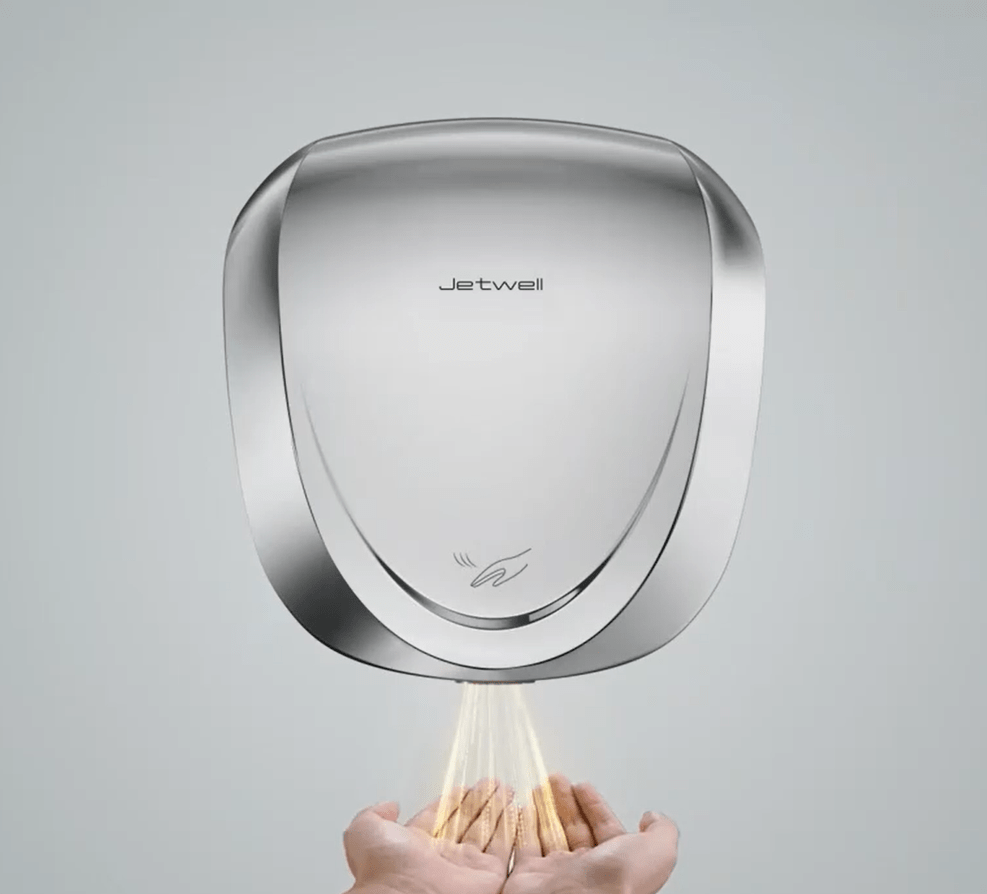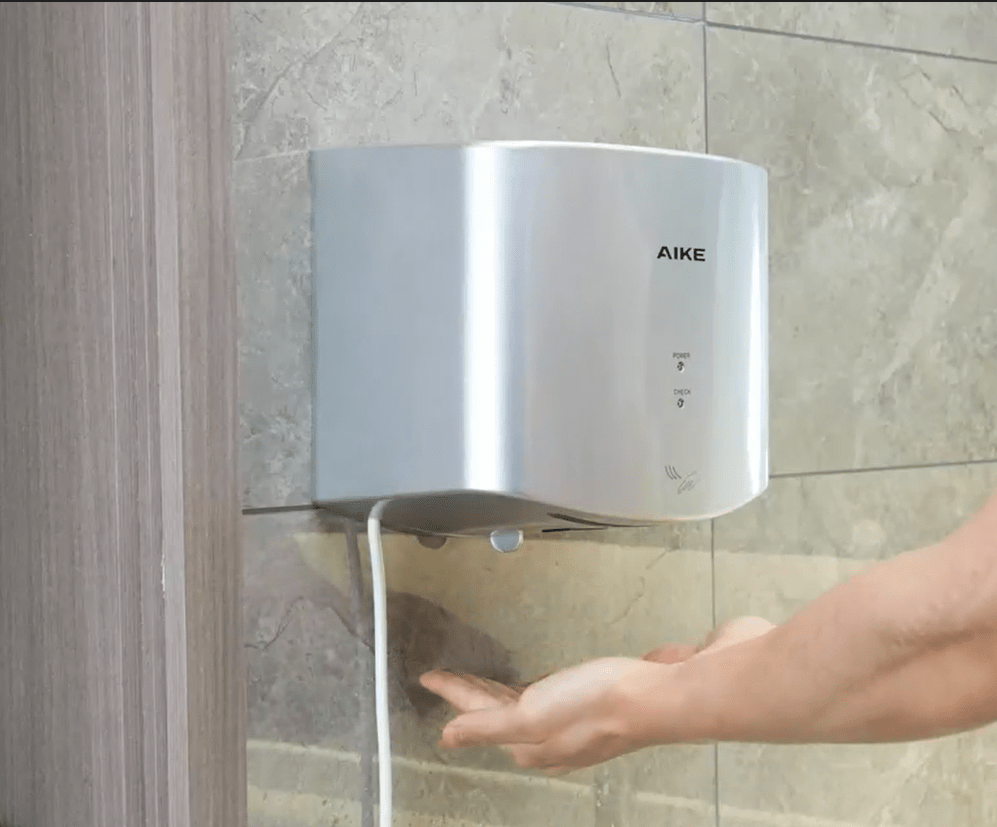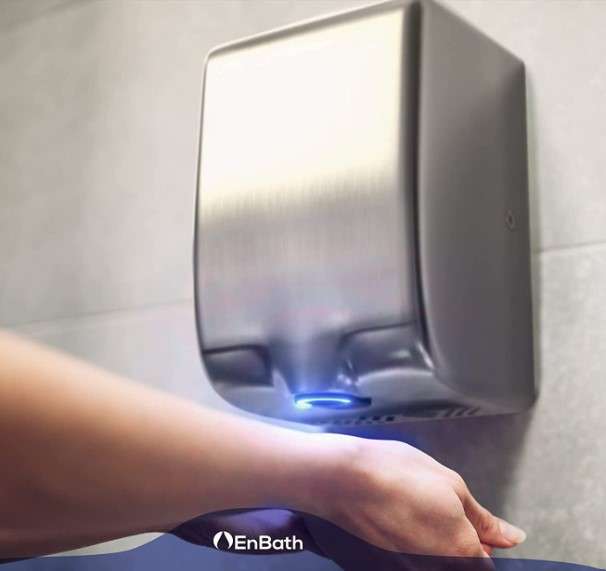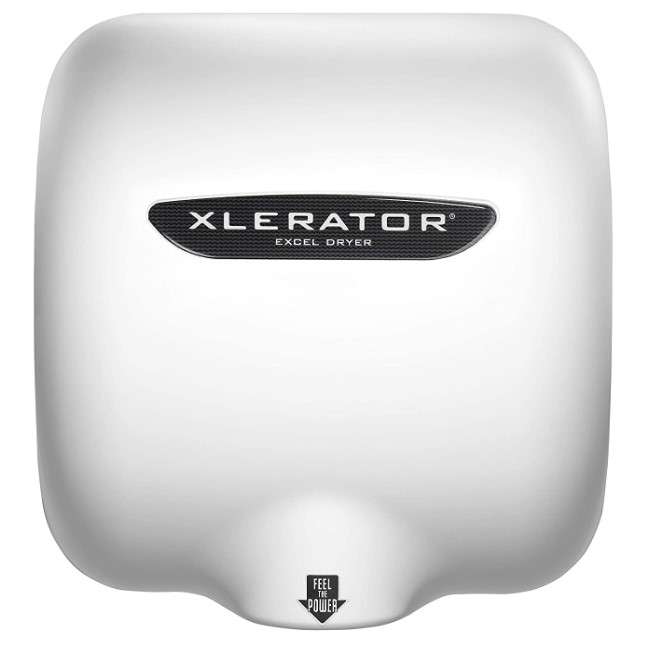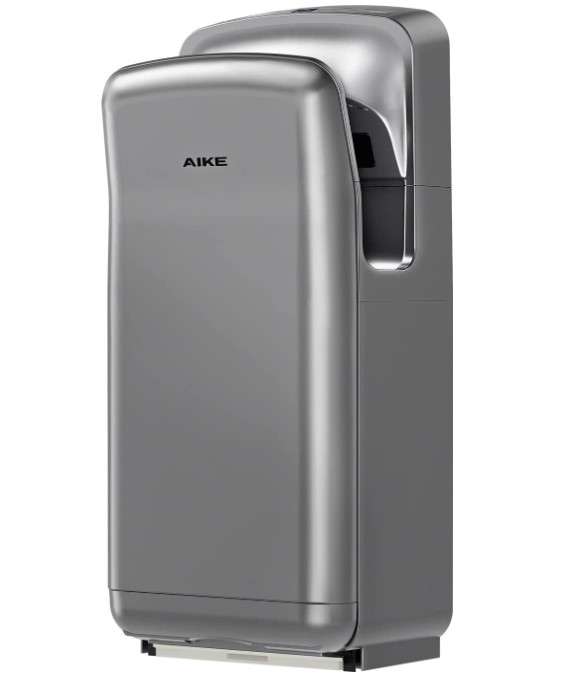
Are you tired of using paper and towels? and looking for affordable Automatic hand dryers, that give you a long lasting premium rich feel, dry your hands quickly in a couple of seconds, and are easy quick install. Then you’re in right place.
5 Top rated Automatic Hand Dryers
Best Overall *JETWELL
Affordable *AIKE
Eco Friendly *EnBath
Energy efficient *Excel
High-Speed *AIKE VERTICLE
Automatic hand dryers are extremely recommended for every bathroom at home, for business and commercial purposes.
To help you choose the right hand dryers, stuffminer has researched for more than 100 hours and checked thousands of customer reviews.
Stuffminer has listed affordable premium looks stainless steel hand dryers that have powerful high volume warm wind blow and can dry hands fast within a couple of seconds with automatic smart sensors.
These hand dryers start automatically when your hand is placed underneath and stop when your hands are away.
These hand dryers dry your hands fast within a couple of seconds due to their powerful high volume warm air blow. Its smart sensors are extremely accurate and work smoothly.
5 Best Washroom Hand Dryers
Jetwell hand dryers provide fast and efficient hand drying, reducing the spread of germs and bacteria. They are cost effective, eco friendly, and customizable with adjustable settings for heat and speed. Jetwell hand dryers are also energy efficient, making them a sustainable choice for public restrooms.
Aike hand dryers offer fast and hygienic hand drying, with no need for physical contact with a dispenser. They are cost effective and environmentally friendly, reducing waste from paper towels. Aike hand dryers also come with adjustable settings for heat and speed, providing a comfortable drying experience. Additionally, they are energy efficient, making them a sustainable option for public restrooms.
Enbath hand dryers provide fast and efficient hand drying, reducing the spread of germs and bacteria. They are cost effective and eco friendly, reducing waste from paper towels. Enbath hand dryers also have customizable settings for heat and speed, ensuring a comfortable drying experience. They are energy efficient, making them a sustainable choice for public restrooms.
Excel hand dryers provide quick and hygienic hand drying, without the need for physical contact with a dispenser. They are cost effective and environmentally friendly, reducing waste from paper towels. Excel hand dryers also have customizable settings for heat and speed, ensuring a comfortable drying experience. Additionally, they are energy efficient, making them a sustainable option for public restrooms.
Aike Vertical hand dryers offer fast and hygienic hand drying with no need for physical contact with a dispenser. They are cost effective, eco friendly, and have adjustable settings for heat and speed, providing a comfortable drying experience. The vertical design takes up less space, making them a great option for smaller restrooms. Additionally, they are energy efficient, making them a sustainable choice.
Best Hand Dryers Types
*High Speed Hand Dryers: These dryers use powerful motors to blast water off the hands in seconds. They are energy-efficient and offer a more hygienic option as they eliminate the need for paper towels. Some popular high speed hand dryers include the Dyson Airblade and the XLERATOR.
*Dyson 307174-01 Air Blade 301829-01
*Jet Air Hand Dryers: These dryers also use high-speed air to dry hands. They can be more hygienic than traditional hand dryers since they do not use a heating element. However, they can be noisy and may require regular maintenance.
*JETWELL UL Approved Commercial High Speed Hand Dryer
*Traditional Hand Dryers: These dryers use warm air to dry hands and are typically less expensive than high-speed or jet air dryers. They are quieter than jet air dryers but can take longer to dry hands.
*AIKE HEPA Filtered Vertical Hand Dryer
*EnBath Hand Dryers for Bathrooms
FAQs
Jet Air Hand Dryer: Takes only a couple of seconds to dry and it is more hygenic than any other hand dryers since they do not use a heating element.
Hand dryers do not actually blow germs onto your hands. They might move around germs already in the environment, but good handwashing is essential for staying clean.
Hand dryers are the preferred choice for an eco friendly and cost effective solution that also promotes hygiene by eliminating contact with potentially contaminated surfaces.
The Dyson Airblade, use HEPA filters to remove 99.97% of bacteria from the air used to dry hands
Hand dryers are commonly known as hand dryers but can also go by alternative names like electric hand dryers, blow dryers, or air dryers.
When choosing a dryer, consider type electric or gas, capacity, features like moisture sensors, brand reliability, and price to find the right fit for your needs and budget.
Hand dryers save costs, offer convenience, are eco-friendly, more hygienic, and faster than paper towels, making them a superior choice for hand drying in various settings.
Well maintained hand dryers can be hygienic, but concerns exist about potential germ spreading. Correct use and upkeep can make them as hygienic as paper towels in public restrooms.
Hand dryers save money in the long run compared to paper towels. The initial installation cost may be higher, but they eliminate ongoing expenses and waste management, making them cost effective.
To determine the right number of hand dryers needed, consider factors like foot traffic, restroom size, user preferences, and your budget. Ensure there are enough dryers to meet user needs efficiently.
The lifespan of a hand dryer varies based on quality, usage, and maintenance. Well-maintained units can last 5-10 years or more, while neglect can lead to replacement in 2-3 years.
Hand dryers are for drying hands after washing with soap and water or sanitizer, not for handwashing. They help remove remaining moisture but can’t replace proper handwashing, which is crucial for hygiene.
Yes, hand dryers operate using electricity, powering a motor to blow hot or warm air for drying. Their electricity usage varies based on factors like power rating, usage time, and frequency.
To Clean A Hand Dryer:
*Turn off the power.
*Wipe the exterior.
*Clear air vents.
*Gently wipe internal surfaces.
*Allow it to dry before turning it back on.
A hand dryer’s rating is its electrical power in watts (W), indicating its energy usage. Ratings vary from 500 W to 2000 W, with higher wattage offering quicker drying.
Related posts:
 Top 4 Bathing Towels Pure Cotton 2024
Top 4 Bathing Towels Pure Cotton 2024
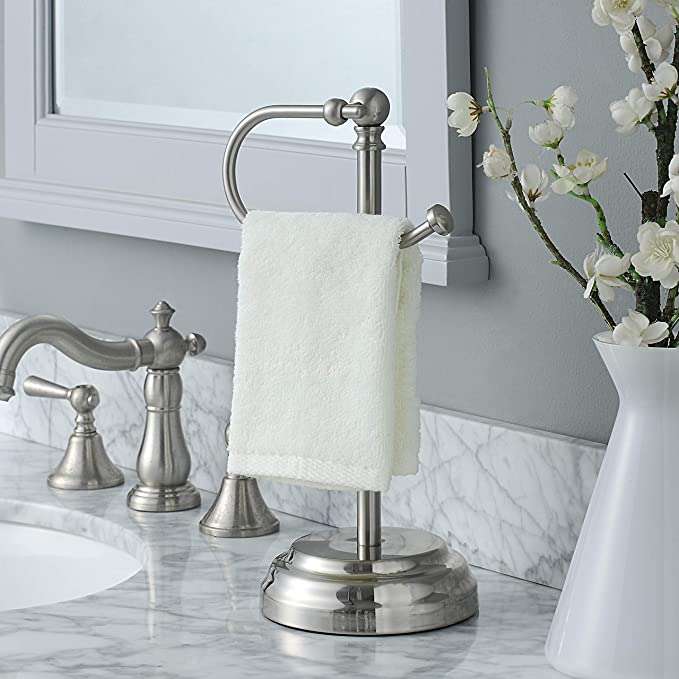 Top 7 Free Standing Towel Rack 2024
Top 7 Free Standing Towel Rack 2024
 Top 5 Toothbrush holders stands 2024
Top 5 Toothbrush holders stands 2024
 Top 5 Wall Mounted Toothbrush Holders 2024
Top 5 Wall Mounted Toothbrush Holders 2024
 Top 5 Curtains for the Bathroom 2024
Top 5 Curtains for the Bathroom 2024
 Top 5 Bath Mats Non Slip 2024
Top 5 Bath Mats Non Slip 2024
 Top 5 Soap Dispenser 2024
Top 5 Soap Dispenser 2024
 Top 4 Bathtub for Guest Bathroom 2024
Top 4 Bathtub for Guest Bathroom 2024
 Top 5 bathtub Tray 2024
Top 5 bathtub Tray 2024
 Top 5 LED Mirrors for Bathrooms 2024
Top 5 LED Mirrors for Bathrooms 2024
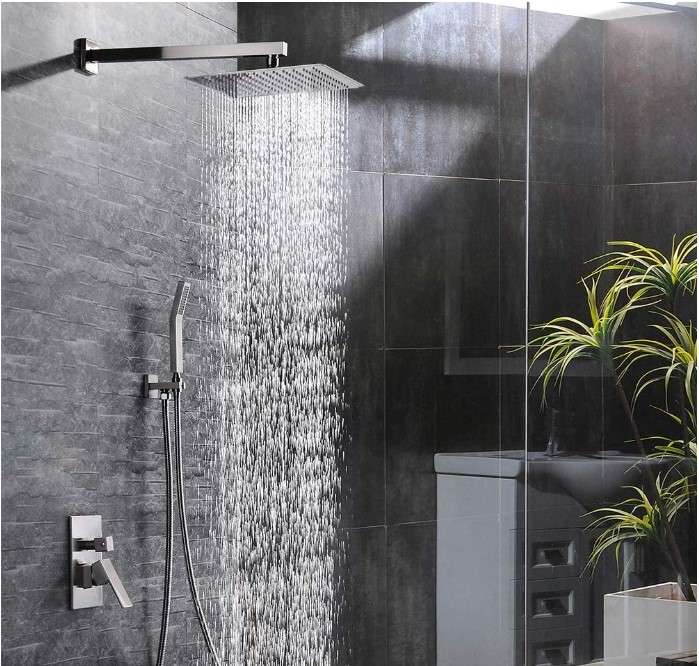 Top 7 Best Shower Heads 2024
Top 7 Best Shower Heads 2024
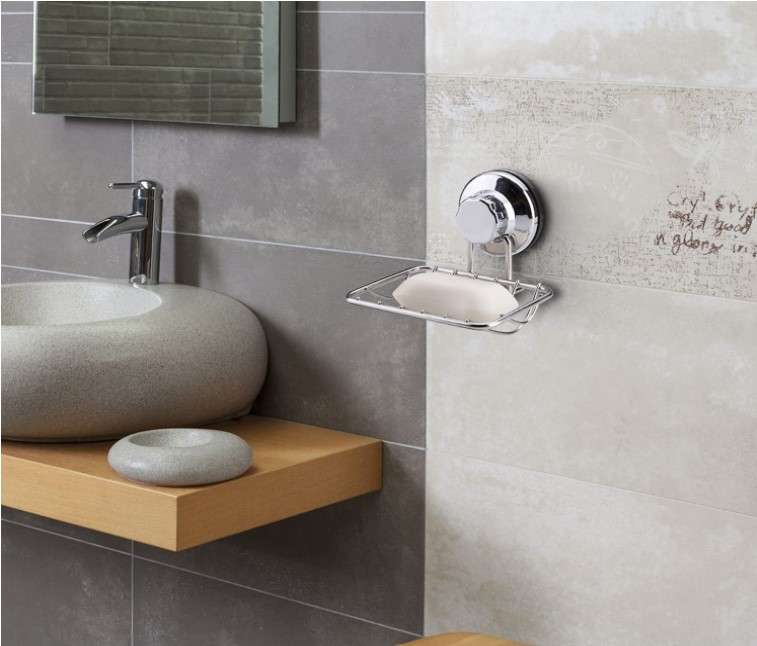 Top 6 Soap Bar Holders 2024
Top 6 Soap Bar Holders 2024
 Top 8 Shower Caps of The Year 2024
Top 8 Shower Caps of The Year 2024
 Top 6 Toilet Paper Holders with Shelf
Top 6 Toilet Paper Holders with Shelf
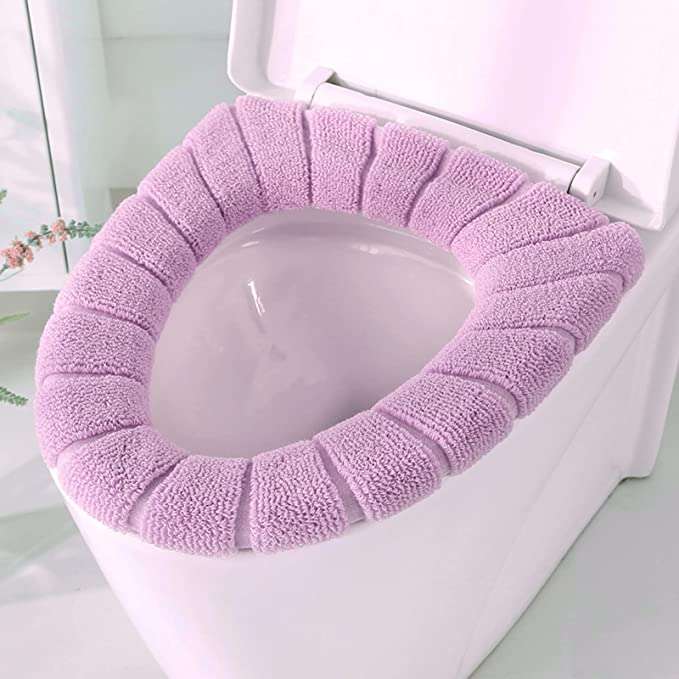 Top 5 Cushions for Toilet Seats 2024
Top 5 Cushions for Toilet Seats 2024
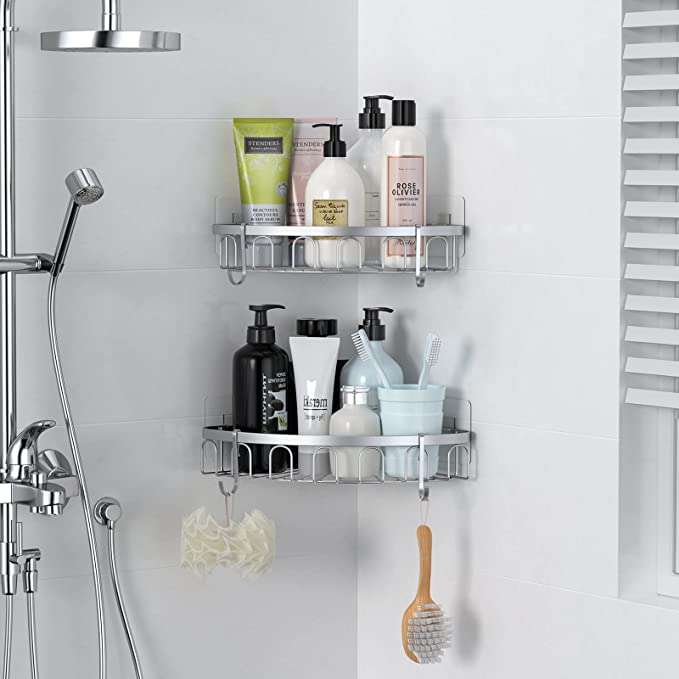 Top 7 Corner Shelves for the Shower 2024
Top 7 Corner Shelves for the Shower 2024
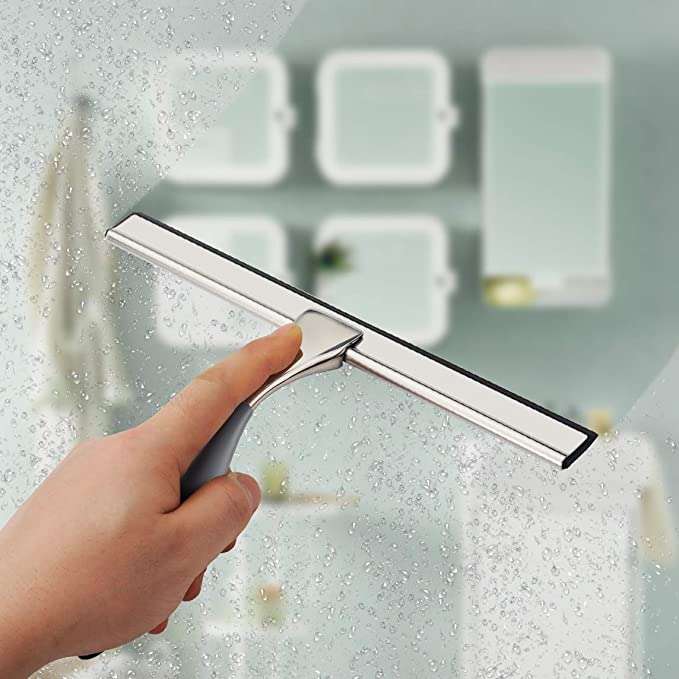 Top 4 Shower Squeegee for Multipurpose Use 2024
Top 4 Shower Squeegee for Multipurpose Use 2024
 Top 7 Washable Bathroom Rugs 2024
Top 7 Washable Bathroom Rugs 2024
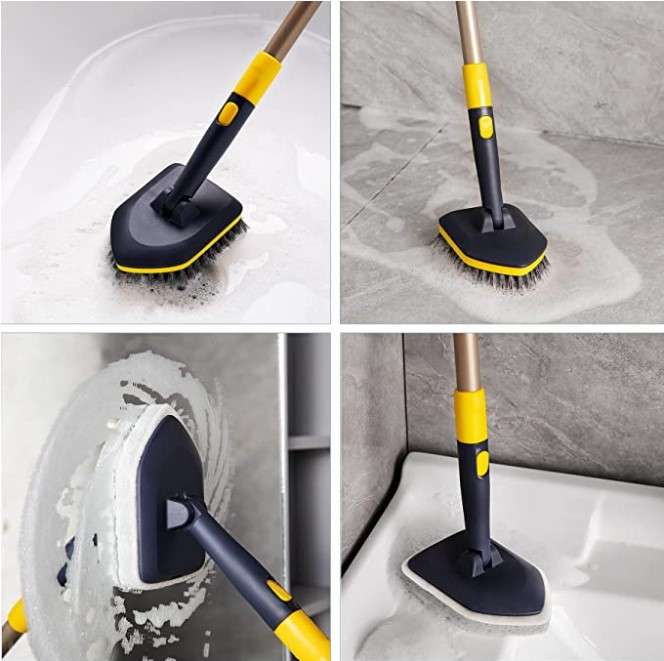 Top 6 Shower Scrubber Brushes 2024
Top 6 Shower Scrubber Brushes 2024
 5 Top Bath Shower Sponges 2024
5 Top Bath Shower Sponges 2024
 Top 3 Long Handle Shower Sponge 2024
Top 3 Long Handle Shower Sponge 2024
